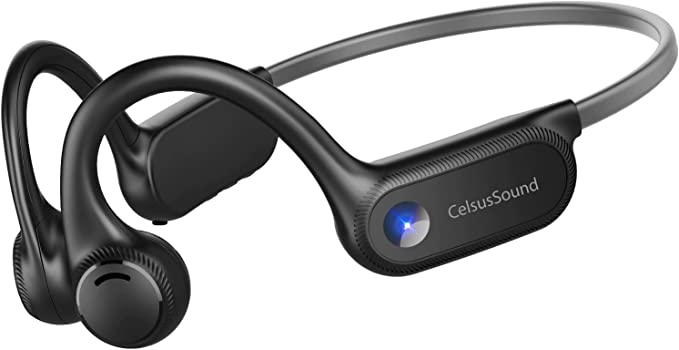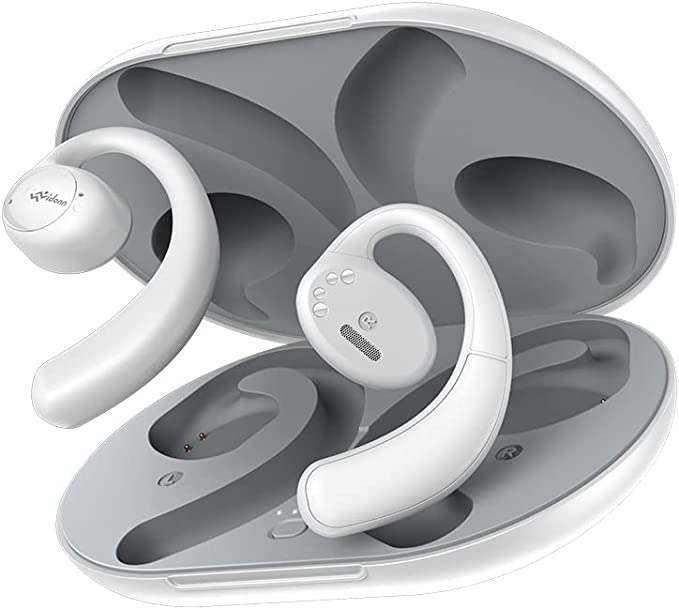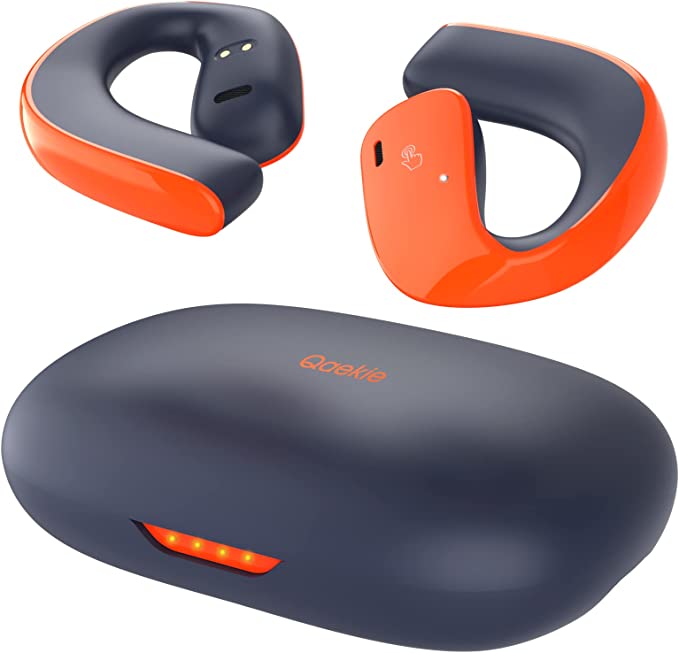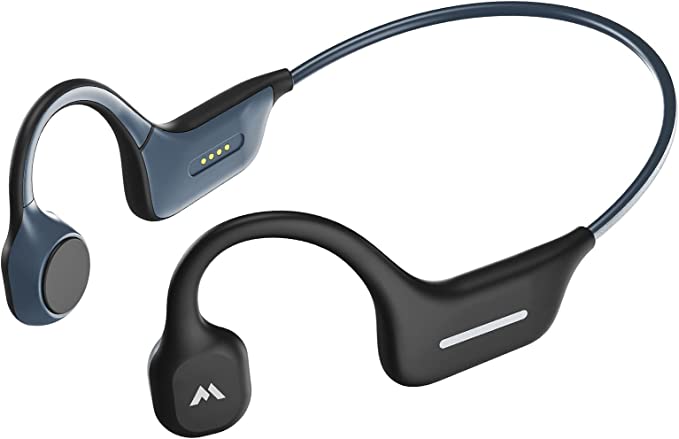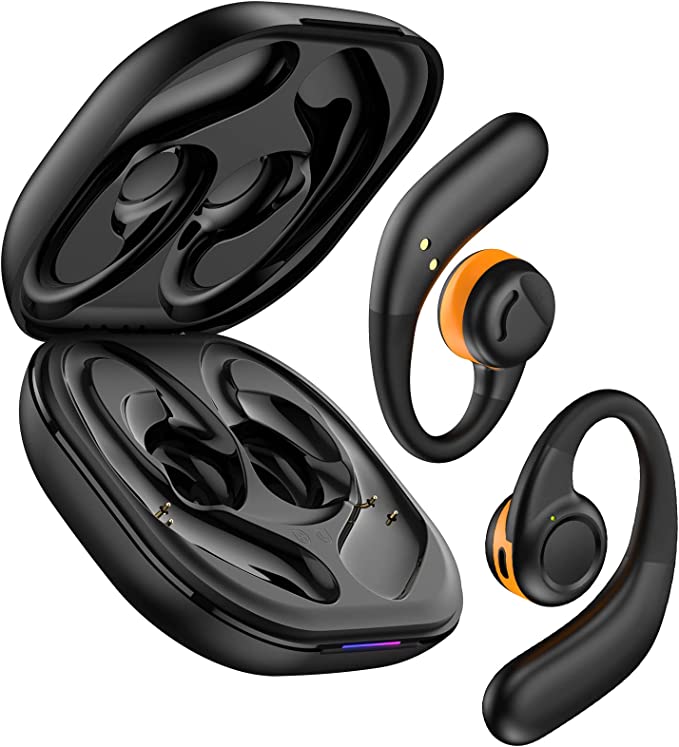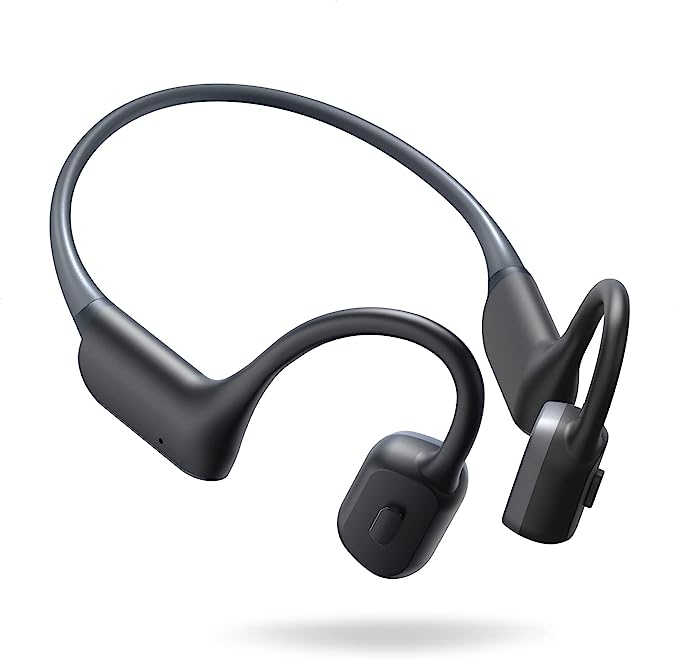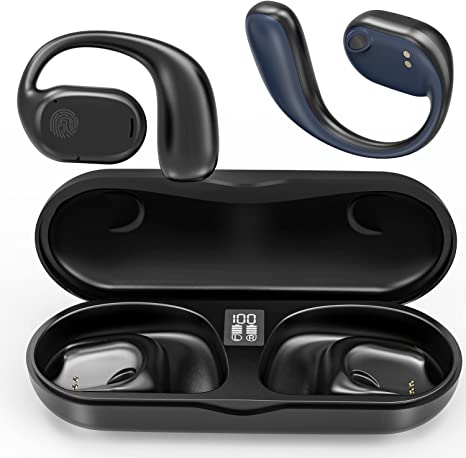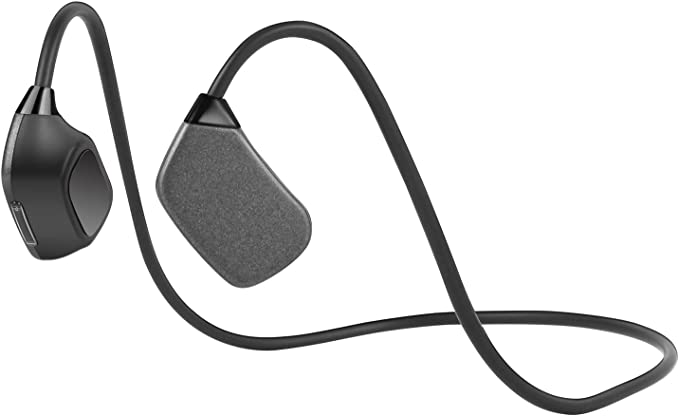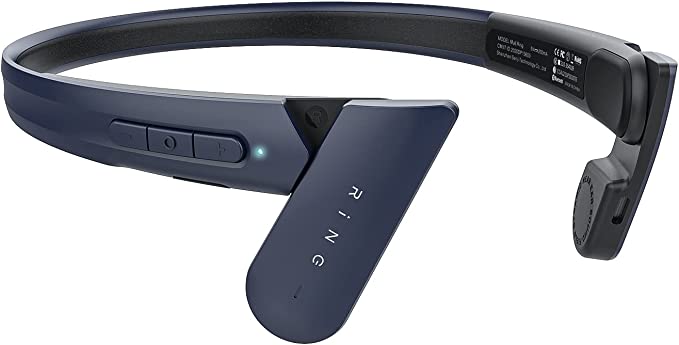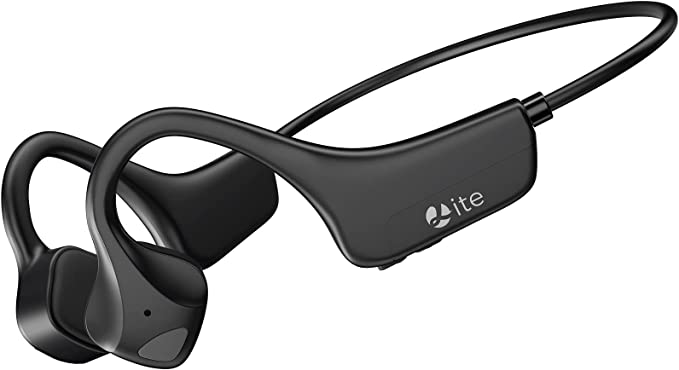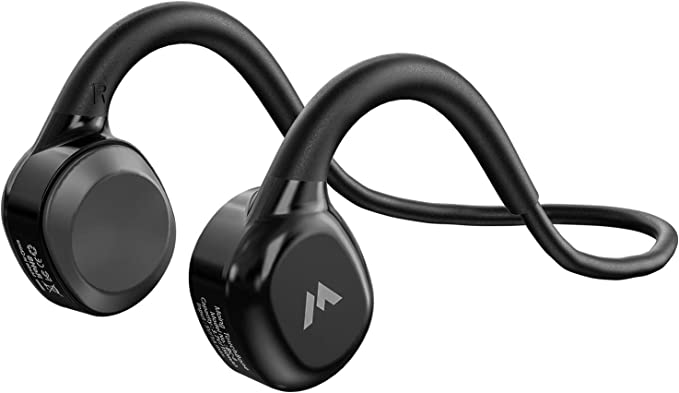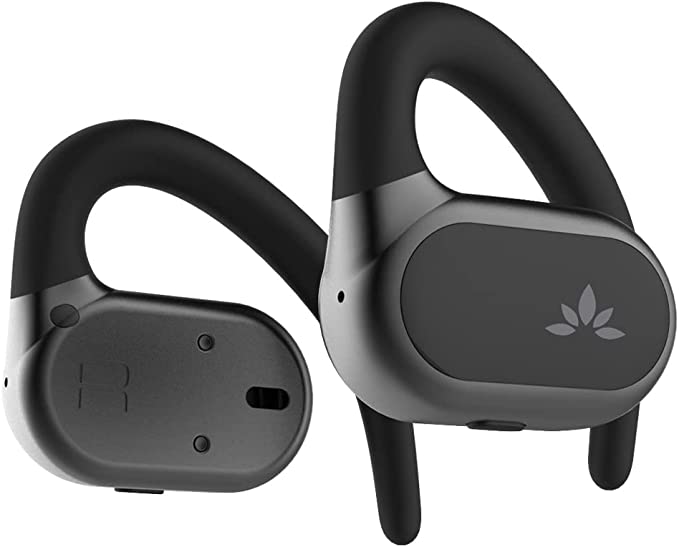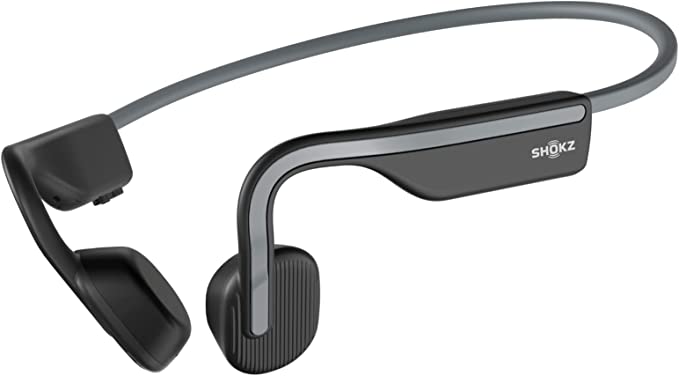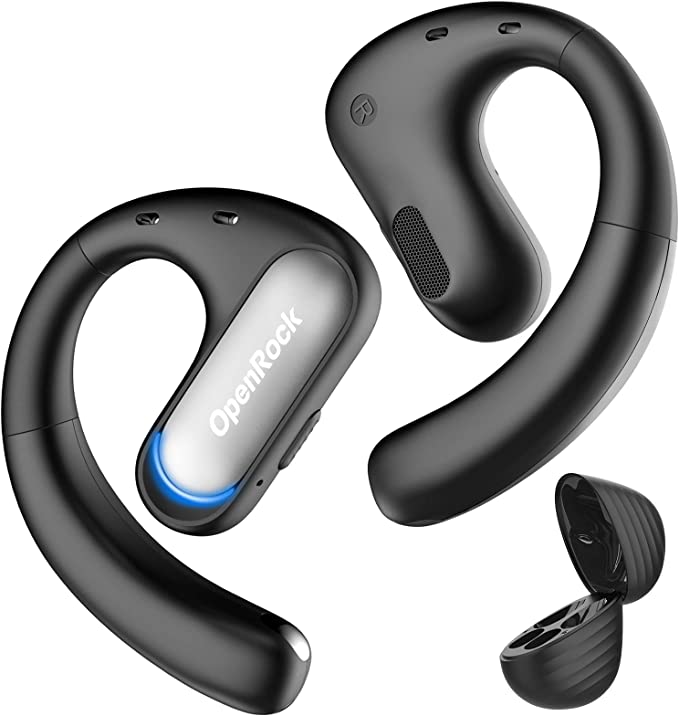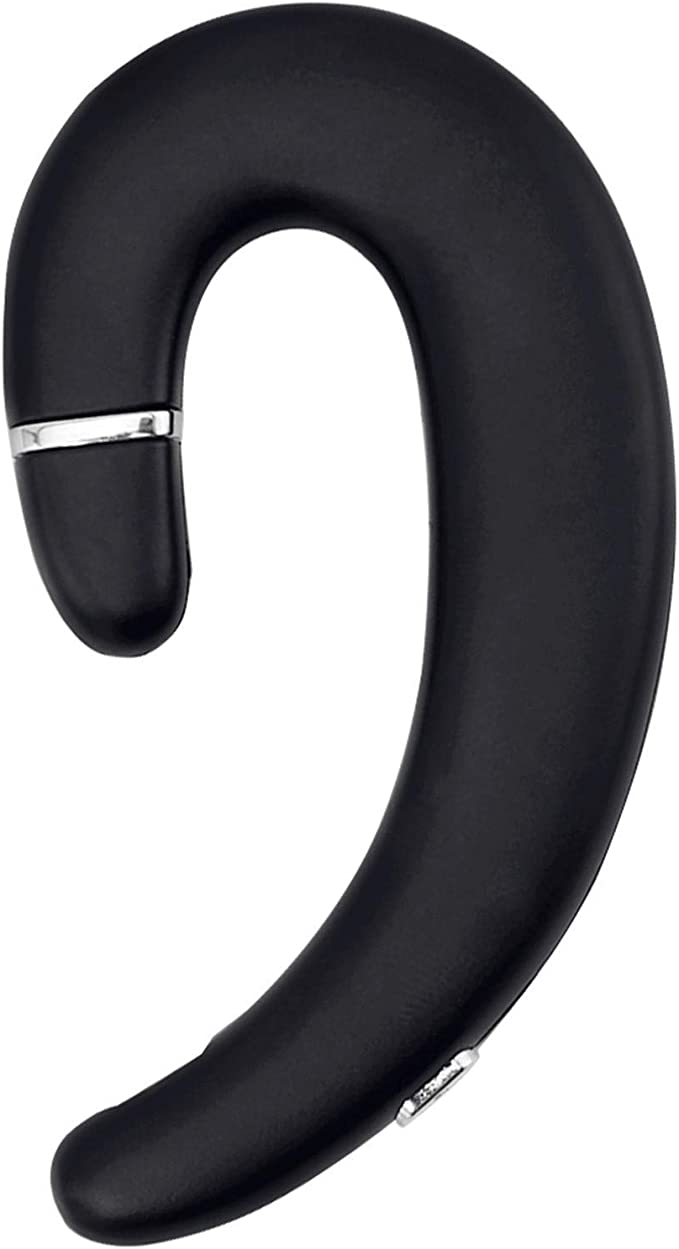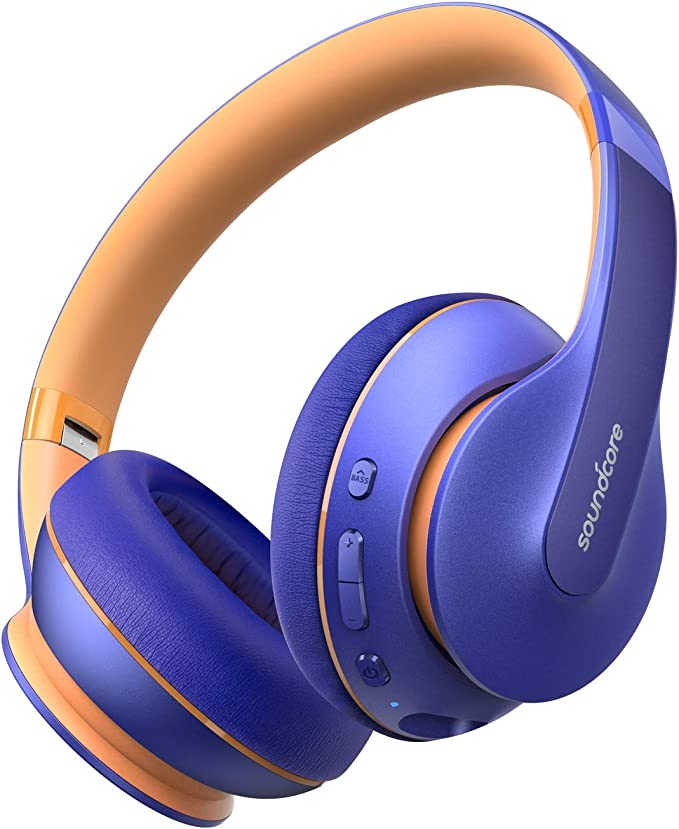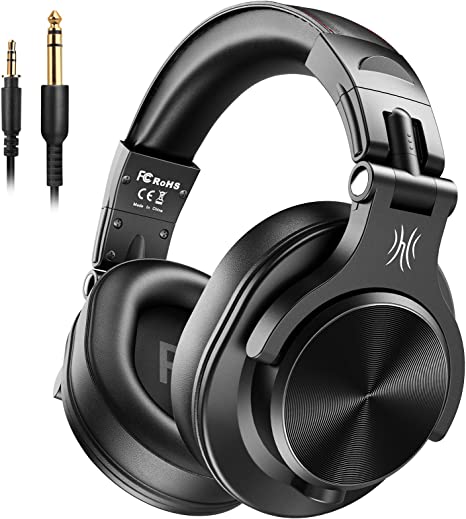BUGANI B01 Open Ear Wireless Headphones: Experience Sound Without Limits
Update on July 25, 2025, 9:49 a.m.
It began, as many revolutions do, with a simple desire. In 1979, the pockets of the world began pulsating with the sound of music, spilling from the iconic orange foam pads of the Sony Walkman. For the first time, we could curate a personal soundtrack to our lives, painting over the mundane noise of the commute or the quiet hum of a library with our own chosen reality. The Walkman didn’t just give us portable music; it gave us a portable universe, a private bubble of sound. This was the birth of joyful isolation.

This bubble, our personal wall of sound, evolved. The Walkman’s foam pads gave way to the ubiquitous white earbuds of the iPod era, burrowing deeper into our ears and our culture. Then came the technological marvel of Active Noise Cancellation (ANC), a digital fortress designed to eradicate the outside world with remarkable precision. We chased perfect silence, pristine audio, and complete immersion. Yet, in our quest to hear everything from our devices, we began to hear nothing from the world. This perfect isolation became a double-edged sword. A cyclist couldn’t hear the approaching car; a colleague’s question went unanswered; the simple act of ordering coffee required a ritual of pausing and removing. The bubble had become a barrier.
A quiet counter-movement began, not with a revolution, but with a subtle adjustment. Tech giants introduced “transparency modes”—a clever software patch that used microphones to pipe the outside world back in. It was an admission that perhaps we had gone too far. This acknowledged a fundamental human need: to be present, to be aware. But what if the solution wasn’t a patch, but a paradigm shift in the hardware itself? This is the philosophical and technological space where devices like the BUGANI B01 Open Ear Wireless Headphones find their purpose. They are not designed to build a wall, but to create a permeable membrane between your digital audio and your physical reality.

The Physics of Natural Sound: Decoding Air Conduction
To understand the B01’s approach, one must first distinguish it from its cousin, bone conduction. Bone conduction technology bypasses the outer ear entirely, sending vibrations through the user’s cheekbones directly to the inner ear. It’s an effective, almost magical, method. The BUGANI B01, however, employs a far more familiar principle: air conduction.
In essence, air conduction is simply the science of normal hearing. As one user aptly described it, these devices act as “small speakers that sit over the ear canal opening.” They generate sound waves—patterns of high and low pressure—that travel through the air and are collected by the intricate structure of your outer ear (the pinna). From there, they are funneled down the ear canal to the eardrum. This is the pathway sound has taken to reach our brains for millennia.
The significance of this is rooted in psychoacoustics, the study of how we perceive sound. Our brains are exquisitely tuned to interpret sounds delivered via air, using the subtle delays and frequency changes between our two ears (binaural hearing) to construct a three-dimensional map of our surroundings. By leaving the ear canal open, air conduction headphones don’t interfere with this innate ability. You retain your full situational awareness, allowing you to enjoy a podcast while still registering the footsteps behind you or the ring of a bicycle bell.

The Heartbeat of the Music: Engineering Sound in Open Air
Creating sound in an unsealed environment is a profound engineering challenge. Without the closed, pressurized space of an ear canal, sound energy can easily dissipate, especially in the low frequencies that give music its weight and warmth. BUGANI’s approach to this problem lies in the use of large 16.22mm dynamic drivers.
At its core, a dynamic driver is a marvel of applied physics, operating on the principle of the Lorentz force. When the headphone sends an electrical signal representing your music, it flows into a voice coil attached to a flexible diaphragm. This coil is situated within a magnetic field. The interaction between the electrical current and the magnetic field creates a force that pushes and pulls the diaphragm, causing it to vibrate rapidly. These vibrations displace the surrounding air, creating the sound waves that eventually become music.
The driver’s size is critical. A larger diaphragm, like the 16.22mm one found here, can move a greater volume of air with each vibration. This is physically necessary to generate a robust soundwave that can be perceived clearly in an open-air setting. However, the laws of acoustics are unyielding. Even with a large driver, some bass frequencies will inevitably be lost to the environment. This is not a defect, but an intentional acoustic compromise—a trade-off made to prioritize the primary goal of environmental awareness over the deep, rumbling bass you might get from a sealed over-ear can.

The Invisible Tether: Perfecting Wireless Freedom
The freedom offered by the open-ear concept would be meaningless without a stable, reliable connection. The B01 leverages Bluetooth 5.3, the latest evolution in a technology that has spent decades severing our physical ties to our audio sources.
The progression from early, stutter-prone Bluetooth to the current standard is a story of relentless refinement by the Bluetooth Special Interest Group (SIG). Bluetooth 5.3 is not just about faster pairing; it introduces more sophisticated channel classification, allowing the device to more intelligently avoid interference from Wi-Fi and other wireless signals. This results in a significantly more robust and efficient connection, reducing dropouts and conserving battery life. It is the invisible, yet crucial, technological backbone that makes the entire open-ear experience seamless and frustration-free. It also lays the groundwork for future advancements like LE Audio and Auracast, hinting at a future of shared, high-quality wireless audio.
Designed for Reality: The Language of Durability and Fit
A device designed for an active life must be able to withstand it. This is where standardized metrics like the IPX5 rating become important. Governed by the International Electrotechnical Commission’s (IEC) 60529 standard, this code provides a universal language for durability. The ‘X’ signifies no specific rating for dust ingress, but the ‘5’ certifies that the device is protected against low-pressure water jets from any angle. For the user, this translates to peace of mind—these headphones can handle the sweat from a strenuous workout or a ride home in a sudden downpour.
Yet, perhaps the most complex engineering challenge is the human one: fit. Made from lightweight polymers and weighing a mere 19 grams, the B01 is designed for unobtrusive, all-day wear. However, the contradictory user feedback—from “very uncomfortable” to “nice and comfortable”—highlights a fundamental truth in ergonomics and anthropometry (the study of human body measurements). Human ears are as unique as fingerprints. Designing a single object to fit them all comfortably is a monumental task. The varied experiences underscore that for this form factor, personal trial remains the ultimate arbiter of comfort.
Conclusion: Beyond the Headphones, A New Philosophy of Listening
The journey of personal audio, from the isolating orange foam of the Walkman to the aware openness of the BUGANI B01, is a reflection of our changing relationship with technology and the world. We once sought to build walls of sound to escape into a private reality. Now, we are learning to craft permeable bubbles, to find a more harmonious integration between our digital lives and our physical presence.
The BUGANI B01 is a noteworthy waypoint on this journey. It is a synthesis of acoustic principles, advanced wireless communication, and material science, all orchestrated to serve a new philosophy of listening. It champions the idea that you can be connected to your music, your podcasts, and your calls without being disconnected from the vibrant, unpredictable world around you. This is not just about a new type of headphone; it’s about a new way of hearing.

